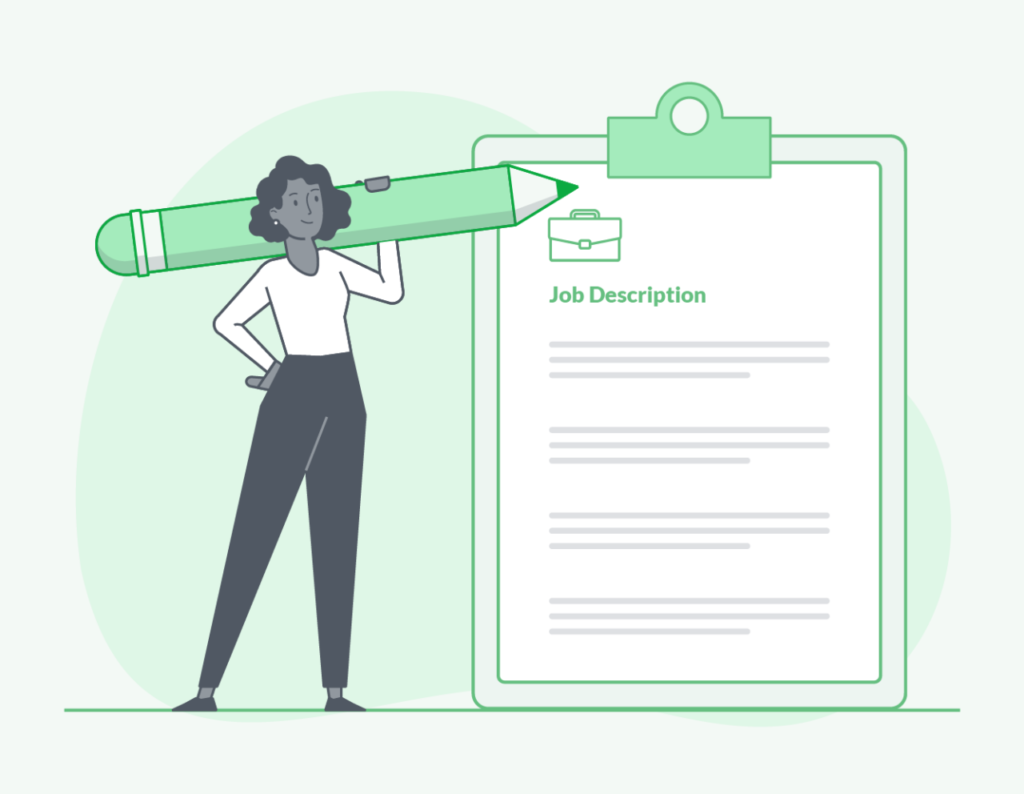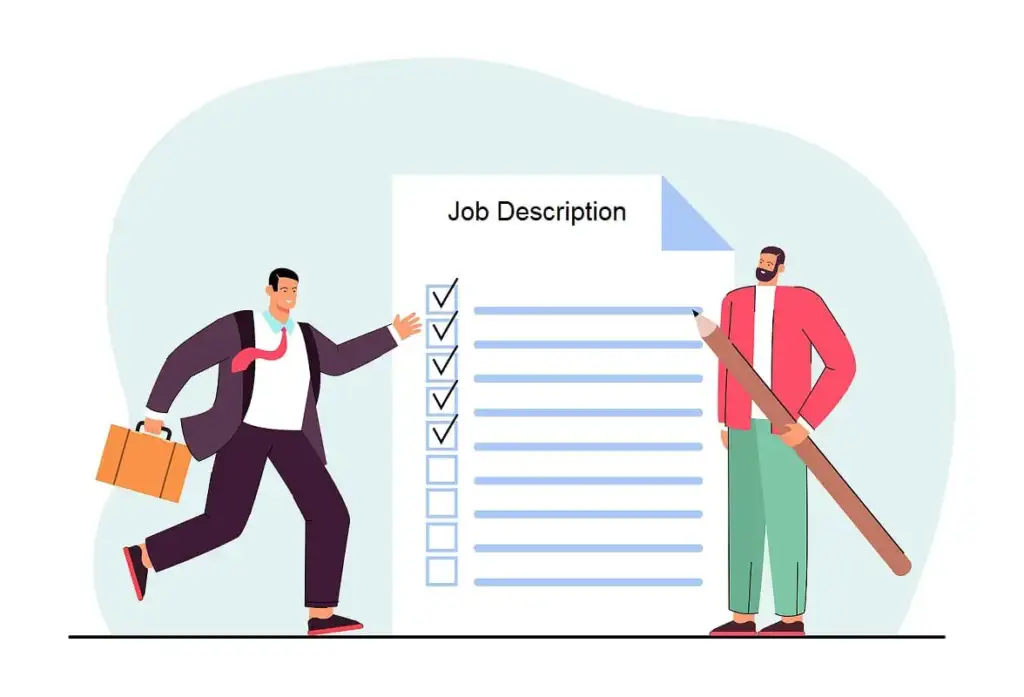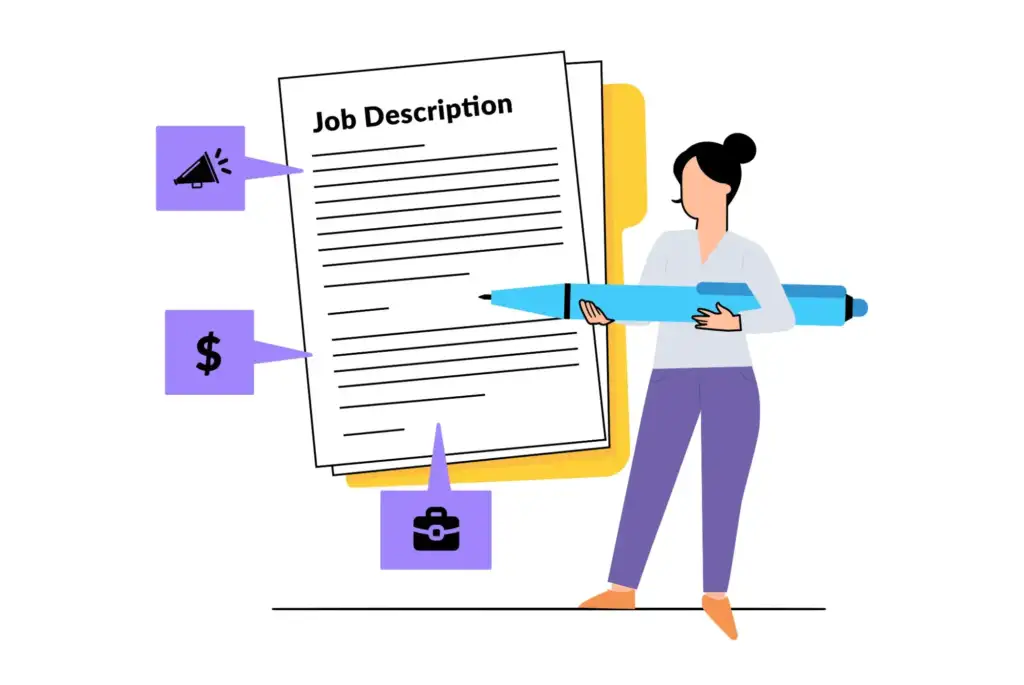Introduction to Writing Job Descriptions
A job description is a document that outlines the responsibilities, duties, qualifications, and requirements of a particular job. It serves as a design for both employers and job seekers, providing clarity on what is expected from the role and what qualifications are necessary to perform it successfully.
As a hiring manager or HR professional, one of the crucial tasks you will encounter is writing job descriptions. While it may seem like a straightforward task, crafting an effective job description requires careful consideration and attention to detail. A well-written job description not only attracts qualified candidates but also sets clear expectations for the role. In this article, I will explore into the key elements of a job description and provide best practices to help you write job descriptions that stand out.

The Importance of Writing Effective Job Descriptions
Creating an attractive job offer is essential to attract top talent. Start by clearly stating the job title and department. This helps candidates quickly identify if the position aligns with their career goals. Next, provide a concise overview of the role, highlighting the key responsibilities and objectives.
To make your job offer more engaging, consider including narratives. Describe the effect the role has on the company or its customers. Use intense language to paint a picture of what success in the role looks like. This storytelling approach helps candidates imagine themselves in the position and creates a sense of excitement.
Writing effective job offers is essential for several reasons. Firstly, a well-written job description serves as a marketing tool for your organization. It provides a glimpse into your company’s values, culture, and the opportunities it offers. Additionally, a comprehensive job description helps to attract the right candidates by clearly outlining the responsibilities, qualifications, and skills required for the role.
It means it tells people what to expect and helps them decide if they’re a good match for the jobTop of Form. Moreover, a detailed job description acts as a reference point throughout the hiring process, helping you evaluate candidates objectively and fairly.

Key Elements of a Job Description
Job Title and Summary
The job title is the first thing candidates see, so it should be clear and concise. Avoid using internal nonsense or creative titles that may confuse or mislead applicants. Instead, use industry-standard titles that accurately reflect the position. Following the job title, provide a brief summary of the role. This summary provides an overview of the position, highlighting the main objectives and responsibilities. It should be concise yet comprehensive, capturing the spirit of the role. A well-written job summary induces job seekers to continue reading the description and consider applying for the position.
Job Responsibilities and Duties
Clearly outline the primary responsibilities and duties associated with the role. Divide them into distinct sections or bullet points to enhance readability. Begin each point with an action verb to make it more effective. Be specific and provide enough detail to give candidates a clear understanding of the expectations. However, avoid devastating them with an exhaustive list of tasks. Focus on the core responsibilities that are critical to the role’s success
Required Qualifications and Skills
Specify the minimum qualifications and skills necessary to perform the job effectively. This includes educational requirements, certifications, relevant experience, and specific technical or soft skills. Differentiate between mandatory requirements and preferred qualifications to help candidates judge their fit for the role. It is important to strike a balance between being too broad, which may attract unqualified candidates, and being too narrow, which may discourage potentially qualified applicants.
Salary and Benefits
While some organizations prefer not to disclose salary ranges in job descriptions, providing a salary range can help manage candidate expectations and attract the right talent. If you decide to include salary information, be clear and realistic. Additionally, highlight any unique benefits or incentives your organization offers to make the position more enticing.
Company Culture and Values
Job seekers often consider an organization’s culture and values when evaluating potential employers. Use this section to provide visions into your company’s culture, mission, and values. Describe the work environment, team dynamics, and any unique creativities that make your organization stand out. This will help candidates determine if they align with your company’s attitude and if they would succeed in your organization.
Best Practices for Writing Job Descriptions
Avoiding Common Mistakes in Job Offers
When writing job offers, it is important to avoid common pitfalls that can deter qualified candidates or lead to misunderstandings about the role. Firstly, avoid from using biased language or unfair requirements that may exclude certain groups. Ensure that the job description is inclusive and promotes diversity.
Secondly, be mindful of the length of the job offer. While it is essential to provide sufficient information, an excessively long job offer can be devastating and discouraging. Keep it concise and to the point. Lastly, proofread the job description to eliminate any grammatical errors or mistakes that may reflect poorly on your organization’s professionalism and attention to detail.
Tips for Optimizing Job Descriptions for Search Engines
To ensure your job offers reach a wider audience, optimize them for search engines. Research and include relevant keywords that candidates are likely to use when searching for similar positions. Include these keywords naturally throughout the job description, including in the title, summary, responsibilities, and qualifications. However, be cautious not to overuse keywords as it may appear forced or artificial. Additionally, consider adding location-specific keywords if the role is tied to a particular geographic area.
Using Job Description Templates
Using job offers templates can save time and ensure consistency across roles in your organization. Templates provide a structured framework to follow and help you include all the necessary elements. Customize the template for each specific position by modifying the job title, responsibilities, and qualifications. However, be alert not to rely exclusively on templates. Tailor each job description to reflect the unique requirements and nuances of the role.
Reviewing and Updating Job Descriptions
Job descriptions should not be set in stone. Regularly review and update them to ensure they accurately reflect the evolving needs of your organization. Consult with hiring managers or team members to gain insights into any changes in responsibilities or desired qualifications. Additionally, seek feedback from candidates and new hires to identify areas for improvement. By keeping job descriptions up-to-date, you enhance the effectiveness of your recruitment efforts and attract top talent.

Using keywords effectively in your job description
Keywords play a crucial role in attracting the right candidates to your job offer. Candidates often search for job opportunities using specific keywords related to their desired position. By including relevant keywords into your job description, you increase the visibility of your posting in search results.
Start by identifying the primary and secondary keywords that are relevant to the position. Primary keywords are the most important and should be included in the job title and throughout the description. Secondary keywords are supporting terms that further describe the position. Use these keywords naturally throughout the job description, making sure they flow effortlessly within the content.
Avoid stuffing keywords or using them in an unnatural manner, as this can negatively impact the readability and overall quality of your job description. Focus on creating a well-written and informative description that includes keywords in a meaningful way.
Writing Job description on LinkedIn
Before crafting your job description, it is crucial to familiarize yourself with the LinkedIn job posting guidelines. LinkedIn has specific policies and requirements that must be followed to ensure your job posting is obedient. These guidelines cover various aspects, including prohibited content, formatting guidelines, and rules regarding equal opportunity employment.
LinkedIn prohibits the inclusion of unfair or offensive language in job postings. It is important to use inclusive and neutral language to attract a diverse pool of candidates. Additionally, LinkedIn has specific guidelines for the structure and formatting of job descriptions, such as character limits and usage of HTML tags. Explain yourself with these guidelines to ensure your job posting is compliant and reaches the planned audience.
FAQs
Why writing job descriptions are important?
Job descriptions are important because they set clear expectations for both employers and job seekers. They help attract qualified candidates, guide the recruitment process, and align the organization’s goals with those of the prospective employee.
Should I include the salary range in the job description?
Including a salary range can help manage candidate expectations and attract suitable candidates. However, if your organization prefers not to disclose salary information, it is acceptable to omit it from the job description.
How long should a job description be?
Job descriptions should be concise and focused. Aim to provide sufficient information without overwhelming candidates. Ideally, a job description should be no longer than one to two pages.
Can I use gender-specific language in job descriptions?
It is important to use inclusive language in job descriptions to promote diversity and avoid judgement. Avoid gender-specific pronouns or biased language that may exclude certain groups.
Conclusion
Crafting effective job descriptions is an art that requires careful thought and attention to detail. By incorporating key elements such as a clear job title, comprehensive responsibilities, required qualifications, and a sight into your company’s culture, you can attract qualified candidates who align with your organization’s values.
Additionally, following best practices, such as avoiding common mistakes, optimizing for search engines, using templates, and regularly reviewing and updating job descriptions, will enhance the effectiveness of your recruitment efforts. Remember, a well-written job description sets the stage for a successful hiring process and enables you to find the right talent to drive your organization forward.
Stay tuned for our upcoming blogs where we’ll explain deeper into the ‘how’ and various candidate sourcing strategies. Don’t miss out—subscribe to our newsletter or follow us on social media for timely updates on our forthcoming articles.
Read more in our latest articles:
Master The Art of Onboarding: Boosting Employee Engagement and Retention
Best 5 Trading Apps You Need to Download Today
Mastering Forex Trading: Essential Skills and Techniques for Success
The Potential of Boolean Search: How to Find Exactly What You Need




Popular Comments